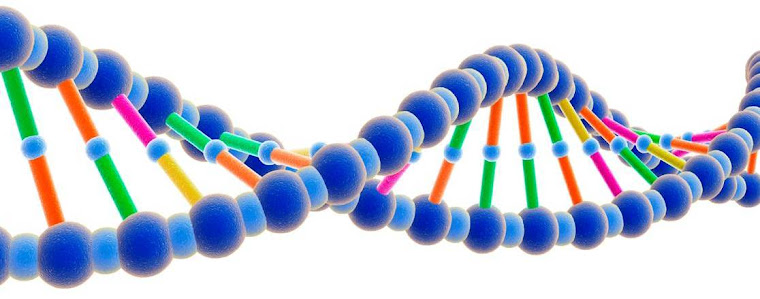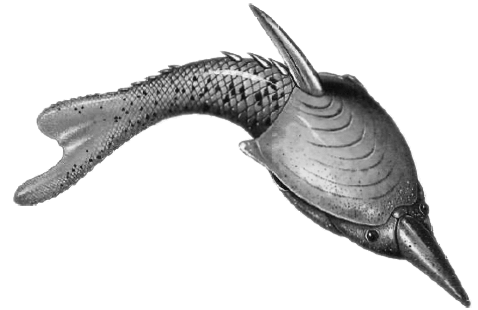In this activity you will use MULTIPLE websites to try to identify some of the microorganisms you are observing in your sample of pond water. En esta actividad, utilizará MÚLTIPLES sitios web para tratar de identificar algunos de los microorganismos que está observando en su muestra de agua de estanque.
Use the following websites to help you identify as many of the organisms you can see in our pond water sample as possible. Draw detailed diagrams of the organisms you see and draw a comparison diagram from one of the websites. Use los siguientes sitios web para ayudarlo a identificar la mayor cantidad posible de organismos que pueda ver en nuestra muestra de agua de estanque. Dibuje diagramas detallados de los organismos que ve y dibuje un diagrama de comparación de uno de los sitios web.
You MUST try to identify the organisms you see in your water sample by using the images and descriptions you find on the websites. Take a look at several of the websites before you decide what you think the organisms are. DEBE intentar identificar los organismos que ve en su muestra de agua utilizando las imágenes y descripciones que encuentre en los sitios web. Eche un vistazo a varios de los sitios web antes de decidir qué cree que son los organismos.
Pond Water Critters ID page
Site with Videos of different microorganisms
https://www.microscopyu.com/galleries/dic-phase-contrast/pond-life
Pond Life ID kit
Microbus
https://microscope-microscope.org/microscopy-image-gallery/
https://microscope-microscope.org/microscopy-image-gallery/microscopy-pond-water-critters/
https://microscope-microscope.org/microscopy-image-gallery/microscopy-pond-water-critters/
You can also use your phone to photograph what you see in your microscope and use "Reverse Image Search" to find similar photos and websites that have similar photos. Go to Google Images and click the little camera icon to "search by image" then upload your photo to see what sites come up. This may help you find out what organisms you've discovered. También puede usar su teléfono para fotografiar lo que ve en su microscopio y usar "Búsqueda inversa de imágenes" para encontrar fotos y sitios web similares que tengan fotos similares. Vaya a Google Images y haga clic en el pequeño ícono de la cámara para "buscar por imagen" y luego suba su foto para ver qué sitios aparecen. Esto puede ayudarlo a descubrir qué organismos ha descubierto.
 |
| This is just an image... go to Google Images to use this feature. Esto es solo una imagen ... vaya a Google Images para usar esta función. |
For example: https://www.youtube.com/watch?v=fmwN_mD7TvY
and https://www.youtube.com/watch?v=ocv67Px49AA&feature=results_main&playnext=1&list=PL3900A98EEBD72DC2
Flash Animation of Cells to DNA – Compares Eukaryotic cells to bacteria and zooms from chromosomes to chromatin to dna.
Cell Size and Scale - interactive
http://learn.genetics.utah.edu/content/begin/cells/scale/If you use other website, please write them on the back of your "Identifying Pond Water" lab sheet. Si usa otro sitio web, escríbalos en el reverso de su hoja de laboratorio "Identificando el agua del estanque".










